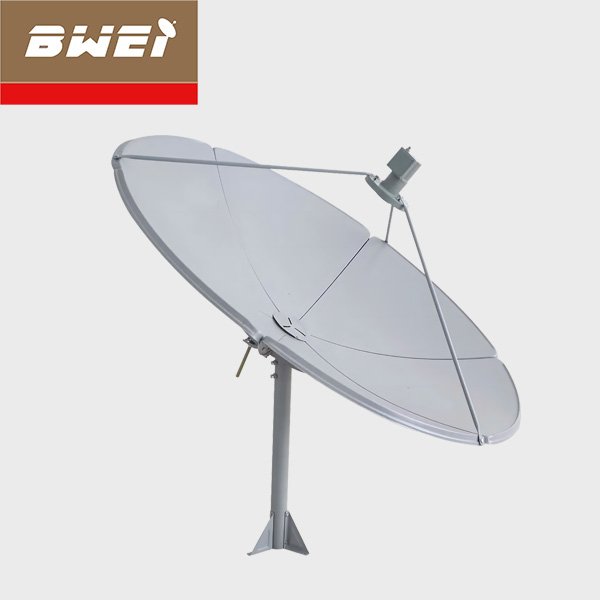Understanding the Uses of Radio Frequency (RF) Technology
Introduction to Radio Frequency (RF) Technology Radio Frequency (RF) technology refers to the use of electromagnetic waves to transmit and receive information over various distances. These waves are typically in the frequency range of 3 kHz to 300 GHz, a segment of the electromagnetic spectrum that includes radio waves and microwaves. RF waves are generated …
Understanding the Uses of Radio Frequency (RF) Technology Read More »




